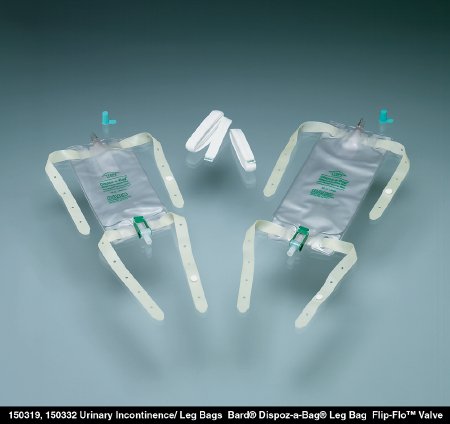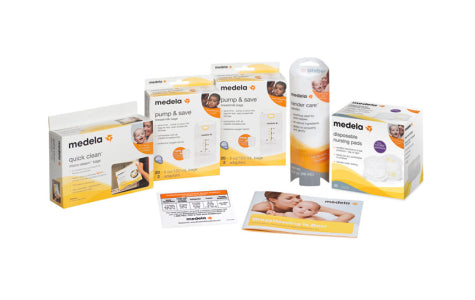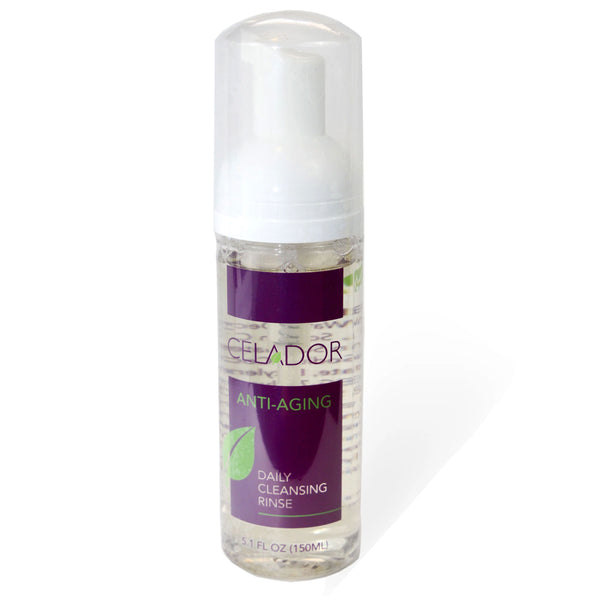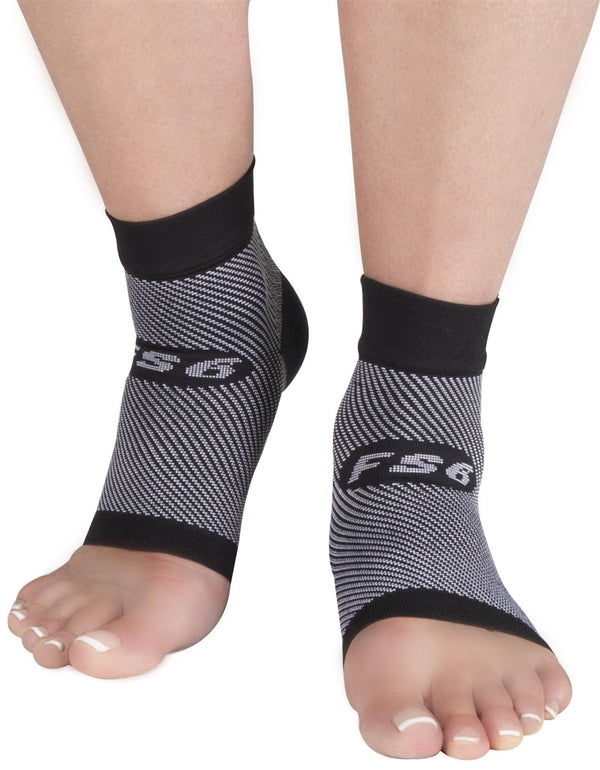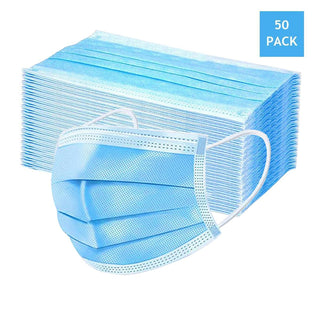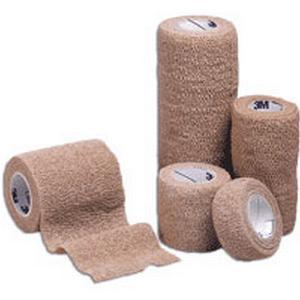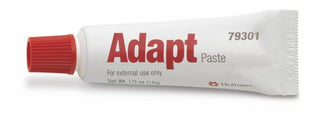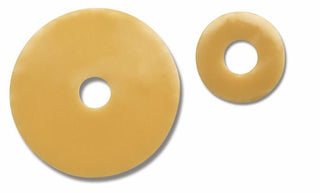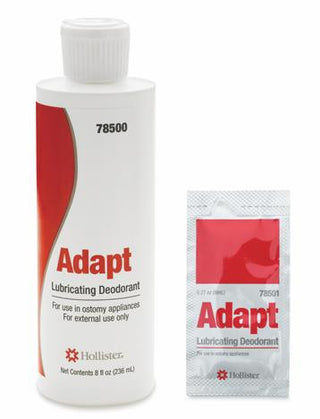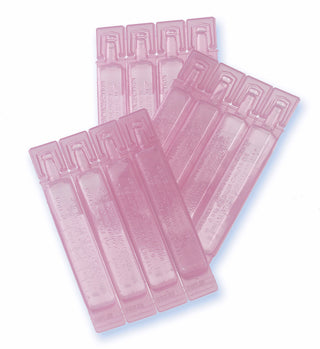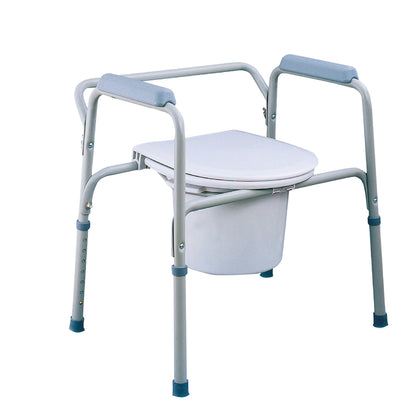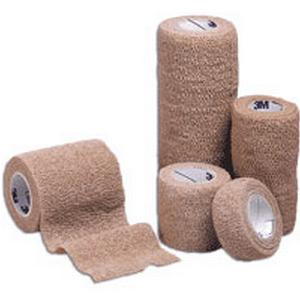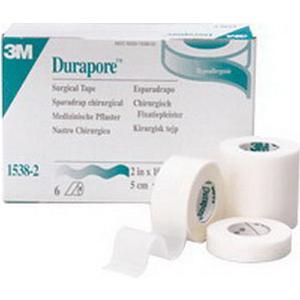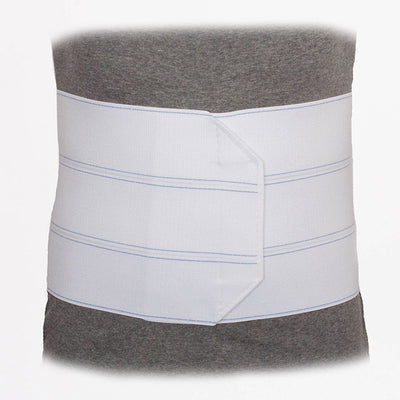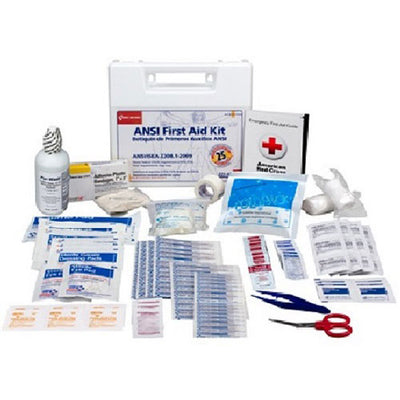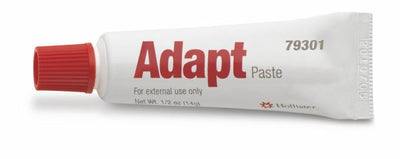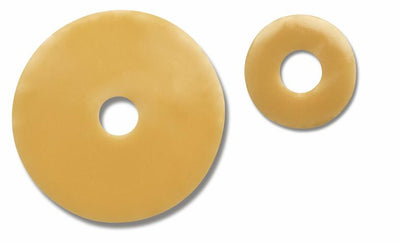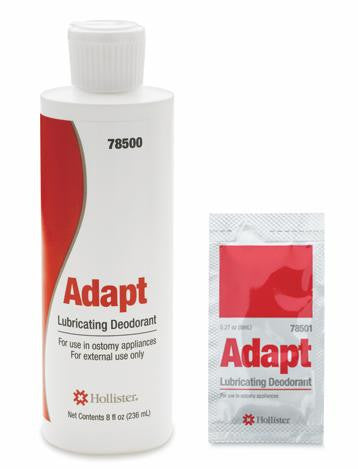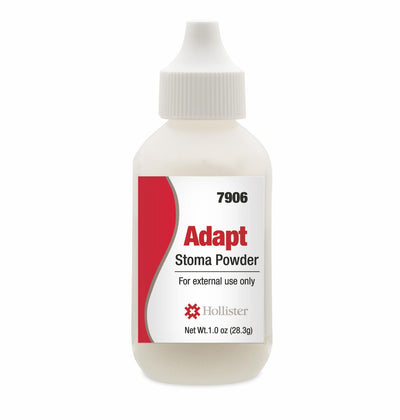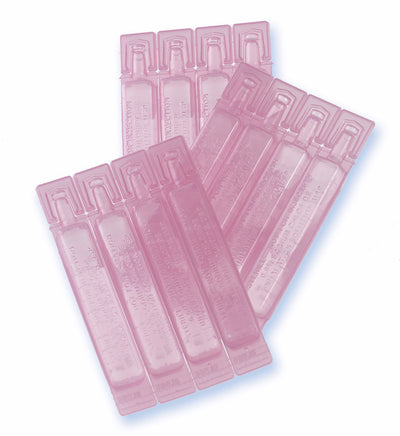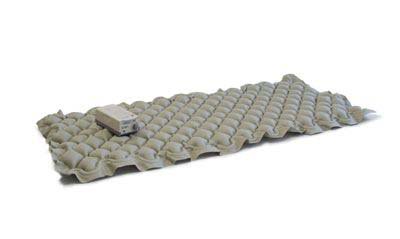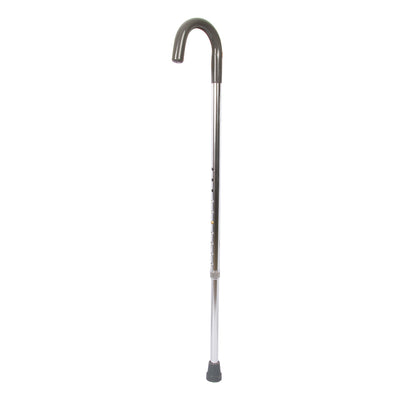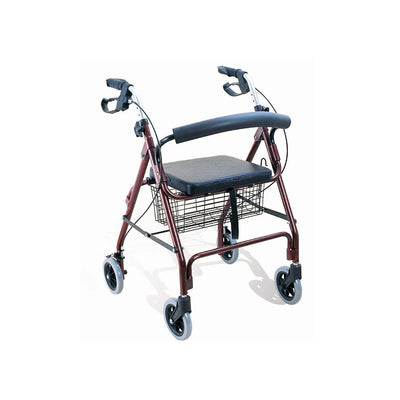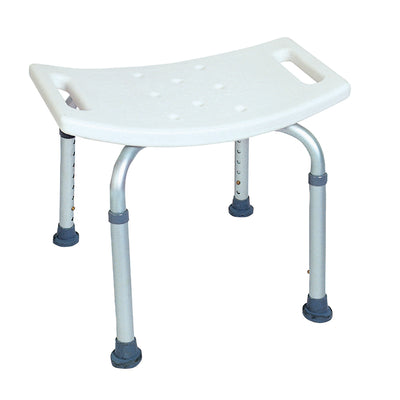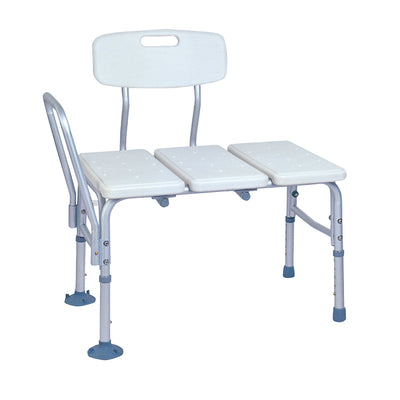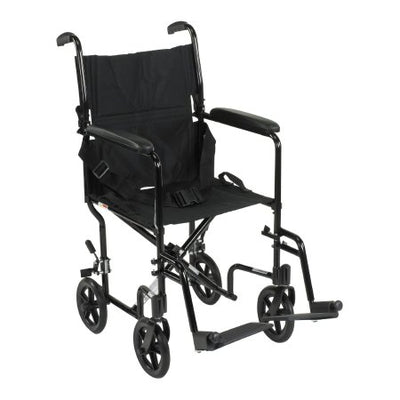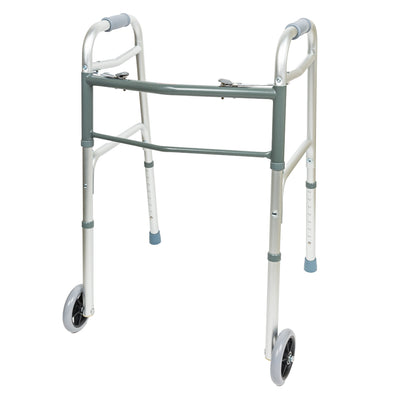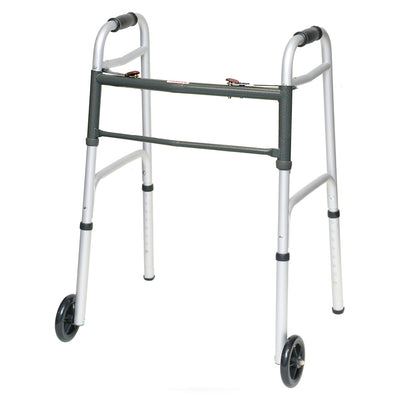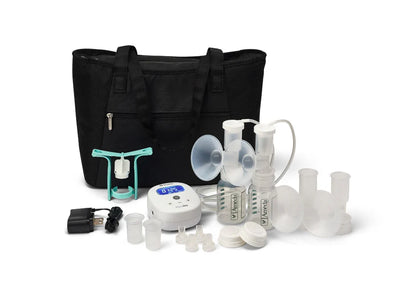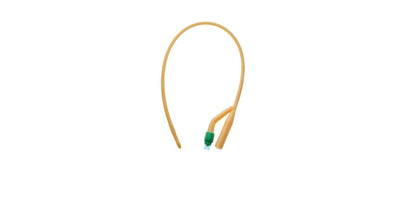1) What is a UTI?
A UTI is short for Urinary Track Infection and it occurs when bacteria causes an infection of any part of the urinary track. The urinary track consists of your bladder, kidneys, ureters, and your urethra. According to Brett White’s article, Diagnosis and Treatment of Urinary Tract Infections in Children, UTIs are fairly common in children, around 8% of girls and 2% of boys will get one by the age of 7. Girls, especially during potty training, and uncircumcised boys are more likely to get a UTI. The good news is in most cases, UTIs are easily treated and your child should begin feeling better within a few days.
2) What are the symptoms of a UTI?
There are a range of symptoms that can be associated with a UTI, but some of them are similar to symptoms of other conditions and infections. Knowing this, it is important to get your child tested when you have suspicion they may have a UTI. Symptoms include:
- Burning or pain when your child pees
- An urgent need to go and frequent urination, usually very little urine is produced
- Foul-smelling, cloudy or blood- tinged urine
- Pain in the lower belly, back or side
- Diarrhea
- Nausea, vomiting, loss of appetite
- Bed wetting or waking up at night to urine
- Fever
Symptoms can differ for ages, and in infants can often be easily overlooked. Kids over the age of two will typically exhibit one or some of the symptoms mentions above. As for infants (less than two years) the symptoms can include:
- Fussiness and irritability
- Little interest in food, poor feeding, failure to gain weight
- Vomiting and diarrhea
- Fever (sometimes only symptom)
3) How is a UTI treated?
Once you suspect your child may have a UTI it is important to get prompt treatment because it can develop into a kidney infection, or in rare cases can cause sepsis. Your physician will ask about your child’s symptoms and run a short examination. To find out if your child does have a UTI, your doctor may need a urine sample, which will be sent to the lab for analysis. In certain cases, additional tests will be run, and a different treatment may be prescribed.
Your physician will most likely prescribe an antibiotic to treat the common bacteria associated with UTIs. Depending on the results of the urine test, the antibiotic could change or a delay in treatment could occur. In other more severe cases, your child may be hospitalized and begin intravenous antibiotics. Make sure that your child takes the prescribed dose at the prescribed time. Even if they start to feel better, they should finish the full prescription to ensure another infection doesn’t develop.
Most UTIs should clear up in about a week but some may take closer to two weeks to clear. Once the treatment is done, your doctor may want to run additional tests, especially if our child has had multiple infections.
4) Can I prevent my child from getting a UTI?
You can take steps to prevent your child from developing a UTI. However, risk factors that are unpreventable are a structural or functional abnormality in the urinary tract, or if your child has vesicoureteral reflux. In these cases, and some others, additional tests like an ultrasound or bladder X-rays may be done to look for these conditions and to determine an effective treatment. Usually, the UTI is caused from a bacterial infection so these are more easily preventable. Some ways to prevent a future UTI are:
- Make sure your child is drinking enough liquids, preferably water.
- Change your child’s diaper often
- Teach proper wiping habits for girls, front to back.
- Avoid bubble baths and perfumed soaps
- Dress them in loose fitting clothes and use cotton underwear
- Encourage them to use the restroom, rather than holding it in
- Address constipation because it can create a blockage in the urinary tract that allow bacteria to grow
- Proper hygiene
A UTI is a common infection that occurs in adults and children. It is very important to get them treated as soon as symptoms arise, to ensure the infection does not spread. Remember, in infants it can be very hard to spot so take your child to their physician if you have suspicion. Most of the time they are very easy to treat, especially with prompt diagnosis. So, don’t worry and talk to your physician.








